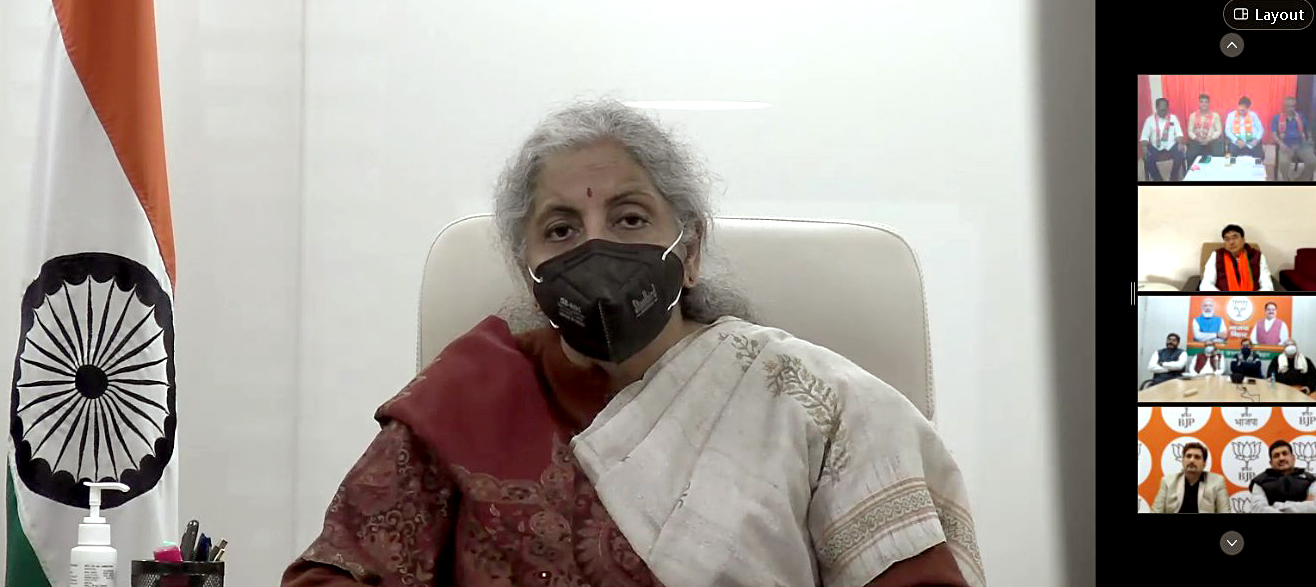The inability to get credit has been there for some time and it has been difficult for Indian MSMEs to obtain credit.
Indian MSMEs deserve great recognition for assisting the country in outperforming the United Kingdom and transforming India into the fifth-biggest economy in the world. The MSME domain, which represents 33% of India’s gross domestic product, has benefited significantly from digitisation and different government drives to advance the development of MSMEs in India. However, it satisfies only a small area of the capability of MSMEs, which they are unable to satisfy in the light of restricted admittance to credit. The inability to get credit has been there for some time and it has been difficult for Indian MSMEs to obtain credit. The digitisation of finance and the proliferation of fintechs and datatech NBFCs has contributed to fulfilling the credit gap. These entities are establishing new frameworks to provide MSMEs with much-needed credit.
Datatech NBFCs and fintechs have worked for the augmentation of credit to MSMEs in mainly three different ways. First is through their deftness to construct stages to help quicker handling and reach to the target audience. Next is their capacity to separate information from different democratized information sources such as the India stack. Further, they have been able to establish themselves in the new-age digital payments ecosystems and settle themselves in the store network or instalments systems for substitute information. Above all, the modern entities can use their capacity to make customized risk models backed by information to facilitate credit.
NBFCs offer exceptional help to the MSME ecosystem; however, when compared to banks they still fall short especially in matters like liquidity, cost of assets, recuperation, and tax assessment. A key concern for the honourable financial minister in the upcoming Union Budget would be the positioning of NBFC’s in the lack of incentives.
To advance hassle-free credit access, we expect the government to provide active liquidity support systems for NBFCs in the upcoming Union Budget. This will relieve the stress of both lenders and borrowers. While banks and HFCs (home finance companies) have an active liquidity support system through RBI and NHB (National Housing Bank), there is no such support for NBFCs. Considering the stellar role of NBFCs in financial inclusion and job creation, it’s about time that the government, in consultation with RBI, creates a liquidity support system for NBFCs. We recommend that either SIDBI (Small Industries Development Bank of India) or NABARD (National Bank for Agriculture and Rural Development) should be made as the agency for providing active liquidity support to the NBFCs and there should be a budgetary allocation to SIDBI from the Government of India to provide this liquidity
support.
Secondly, we recommend that the Government should reintroduce a partial credit guarantee scheme to cover onward lending to MSMEs. The Government has already introduced Credit Guarantee Fund Trust for Micro and Small Enterprises (CGTMSE) to catalyse flow of institutional credit to MSMEs. The Credit Guarantee Scheme (CGS) was launched to strengthen credit delivery system and to facilitate flow of credit to the MSE sector, create access to finance for unserved, under-served and underprivileged, making availability of finance from conventional lenders to new generation entrepreneurs. However, NBFCs are unable to borrow from the market or from the banking system. By reintroducing the partial credit guarantee scheme, banks can extend financial support to the NBFCs for onward lending and extend much-needed credit to the MSME sector.
Third expectation is lowering the loan limit for applicability of SARFAESI Act from Rs 20 lakh to Rs 5 lakh: While the move to reduce the SARFAESI applicability from Rs 50 lakh to Rs.20 lakh is timely, ideally, the ceiling should be reduced to Rs 5 lakh. It will help in scaling up disbursement of small ticket loans and also in recovery thereof.
Shachindra Nath is Vice Chairman and Managing Director, U GRO Capital (Non-Banking Financial Company).

